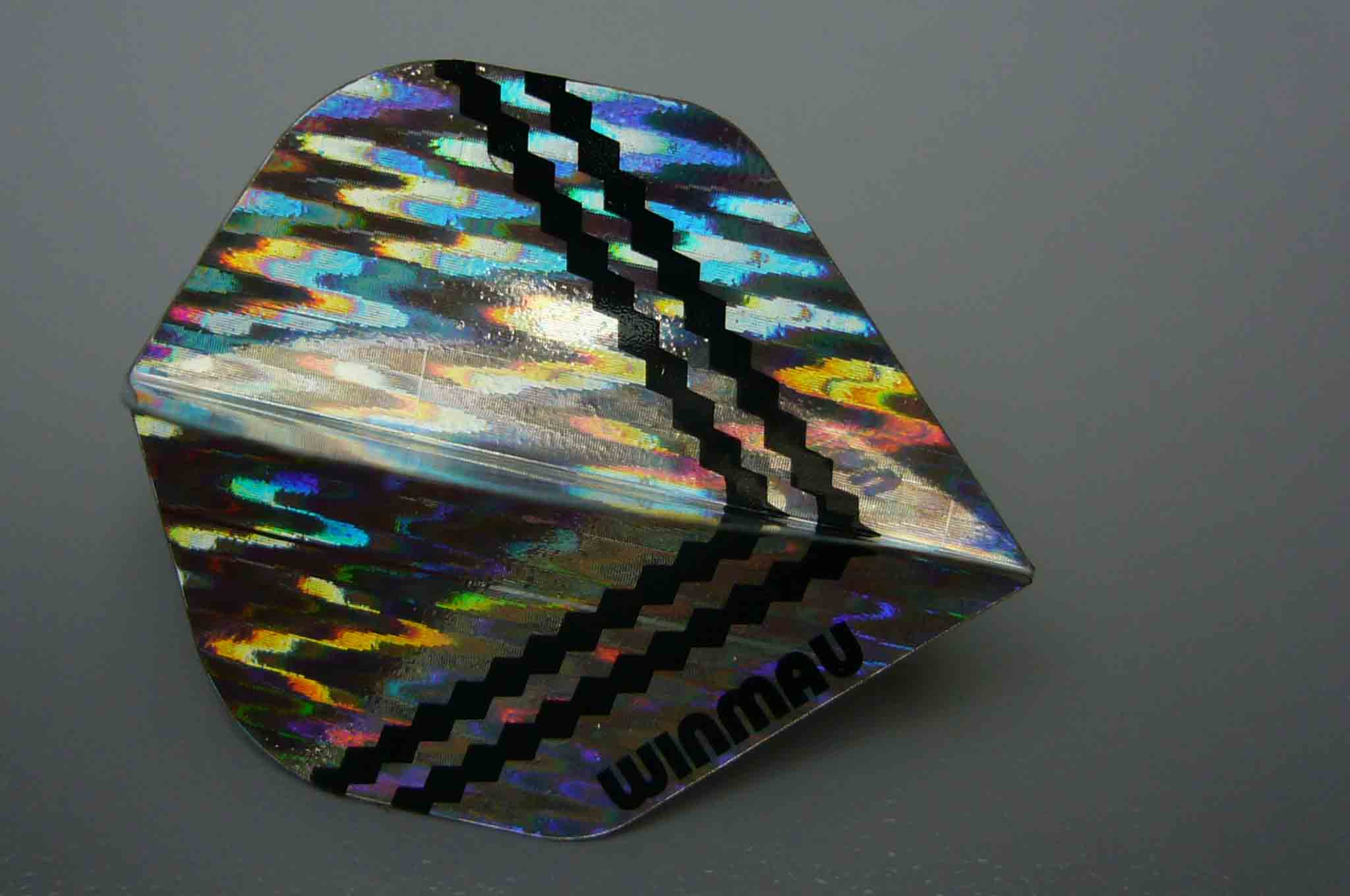Hitting high and low
 Height and strength have very little to do with competence in darts. To eliminate any negatives from these circumstances every person needs to know that.
Height and strength have very little to do with competence in darts. To eliminate any negatives from these circumstances every person needs to know that.
Now, with that being said, there are adjustments to a person's game which need to be made that are driven by how tall they are, how much "mustard" they put on the dart and the dart's parabolic path to the dart board. This adjusting is required by every one in the sport.
Strangely, most people will most often tend to miss on the high side when going at targets at the top of the board. and most people will most often tend to miss on the low side when going at targets on the low side of the board. There doesn't seem to be the same consistency of tendencies with targets at the sides of the board. Another strange thing.
Some prefer targets at the top of the board and others prefer the bottom of the board, and sometimes that can vary with the same person match to match or even from game to game. The trick to learn here is that you should not alter your stroke to accommodate the location of the target. Let the adjustment become part of your stroke pattern. You should learn to be accurate no matter which part of the board your target is on. During physical practice you will work on the minor adjustments you need in order to switch from target to target during the course of a game.
Here's how to do it. Most of the time you'll find it necessary to stretch your stroke just a bit when the target is at the top or bottom of the dart board, as weird as that sounds. In both instances you will be doing the same thing, it feels, but for different reasons. The stretch at the top of the board is to reign in your tendency to over reach and over shoot. The stretch at the bottom of the board is to keep your stroke from sagging and under shoot.